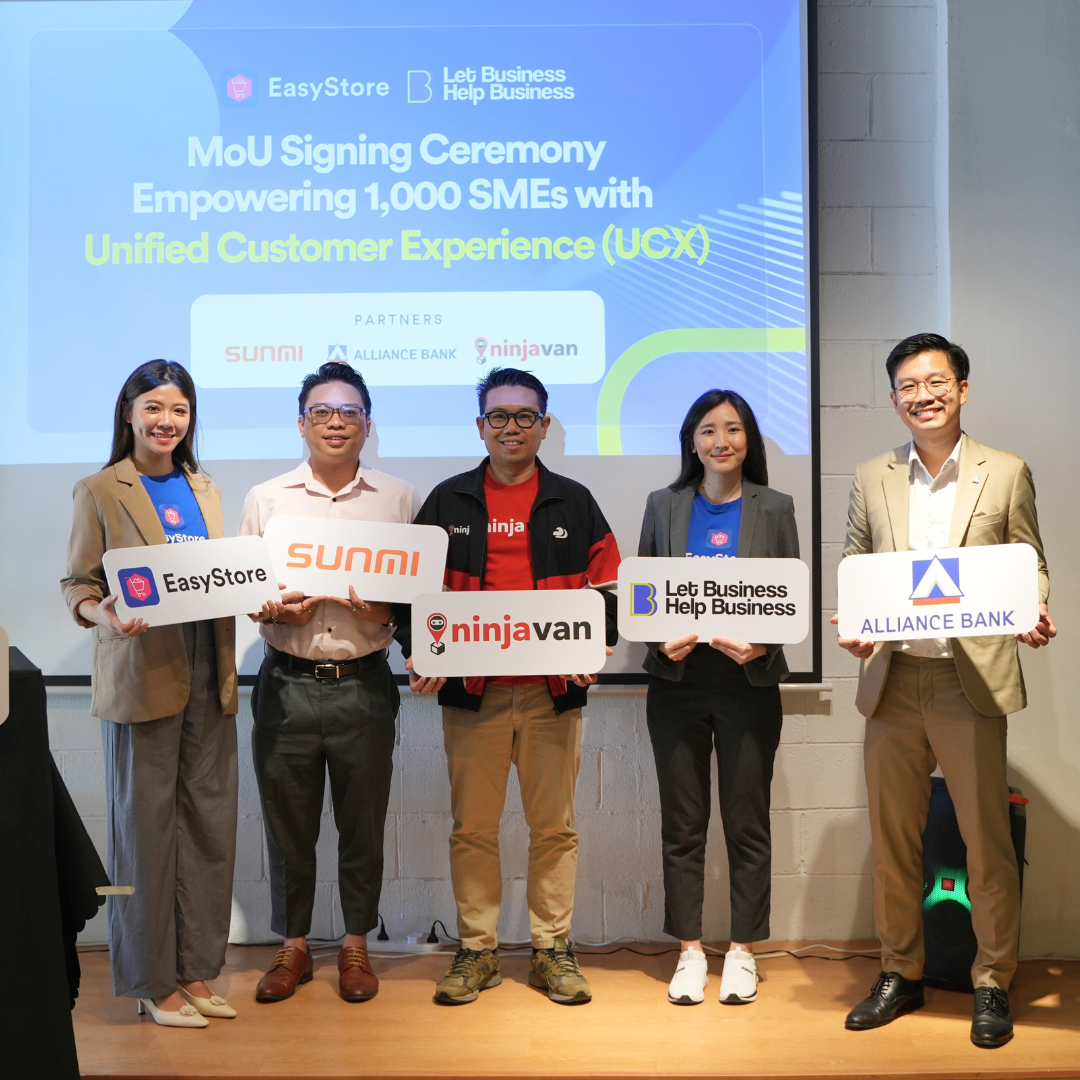A Complete SEO Guide for New Online Stores
By Amirul Mokhtar · 31st May, 2016

This blog was updated on 25 March 2025, for more information connect with our team: https://www.easystore.co/contact
How to Get Your Online Store Found on Google
You’ve found a great product idea and set up your online store. Like many business owners, you may have searched for your store on Google—only to find that it doesn’t appear in the search results, not even when you type in the exact URL.
Before you panic, let’s first understand how search engines work.
When you search for something on Google, it doesn’t scan the entire internet. Instead, it searches its database of indexed websites and ranks them based on a complex algorithm. If your site isn’t indexed, it won’t show up in search results.
EasyStore provides the tools you need to get your online store indexed so that it can appear on search engines. Follow this checklist to improve your store’s SEO.
Step 1: Set Up Essential SEO Tools
Installing the right tools helps search engines recognize your site and provides valuable insights into your traffic.
Google Analytics – Tracks your store’s traffic, visitor behavior, and performance.
Google Search Console – Allows you to submit your site to Google and monitor indexing status.
Bing Webmaster Tools – Helps get your store listed in Bing search results.
Once these tools are set up, you can communicate with search engines and analyze your store’s SEO performance.
Step 2: Optimize Meta Titles & Descriptions
Meta titles and descriptions play a critical role in search rankings and click-through rates.
Write compelling page titles – Keep them under 70 characters and include relevant keywords naturally. Avoid stuffing too many keywords.
Craft engaging meta descriptions – While meta descriptions don’t directly impact rankings, they influence whether users click on your store. Use action-oriented words like “buy,” “get,” and “shop.” Highlight key benefits such as “free shipping” or “best-selling.”
Step 3: Use SEO-Friendly URLs
Search engines and users rely on URLs to understand what a page is about. A well-structured URL improves both SEO and user experience.
Example of a good URL: yourstore.com/men-running-shoes
Example of a bad URL: yourstore.com/product12345
In your EasyStore admin panel, you can customize URLs to improve SEO.
Step 4: Submit Your Store to Search Engines
Search engines won’t rank your site unless they know it exists.
Use the "Fetch as Google" function in Google Search Console to request indexing.
Submit your XML sitemap so Google can crawl and index all your store’s pages.
Step 5: Optimize Your Content & Images
High-quality content helps search engines understand your store’s relevance and improves user engagement.
Use header tags (H1, H2, H3, etc.) correctly – Each page should have only one H1 tag, which should include your primary keyword.
Write unique product descriptions – Avoid copying manufacturer descriptions, as duplicate content can hurt your rankings.
Add alt text to images – This helps images appear in Google Image searches and improves accessibility.
Step 6: Build Authority with Off-Page SEO
SEO isn’t just about optimizing your website—external signals also impact rankings.
Create social media profiles for your store on platforms like Facebook, Instagram, and YouTube. Search engines rank social profiles, which can drive traffic to your store.
Fill out your profile bios with a description of your business and a link to your store.
Earn backlinks by reaching out to bloggers and influencers who can review and link to your products.
Step 7: Ensure Mobile-Friendliness & Fast Load Speeds
Search engines prioritize mobile-friendly websites. If you’re using EasyStore, your store is already optimized for mobile devices.
Additionally, fast load times improve both user experience and rankings. Reduce page speed issues by optimizing images and avoiding unnecessary scripts.
Step 8: Get Initial Traffic & Engagement
Search engines use traffic data to determine the relevance of your site. Without visitors, it’s difficult for Google to rank your store.
Share your store with your network.
Promote it on social media.
Use paid ads to generate initial traffic while building your organic SEO.
Conclusion
At EasyStore, we understand the importance of SEO in driving traffic and sales. That’s why our platform is built with SEO best practices and provides the tools necessary to improve your store’s visibility.
However, SEO is a long-term effort. External factors like competition and search engine algorithms influence rankings. Consistent optimization and marketing efforts are required to achieve sustainable growth.
Note: SEO does not guarantee first-page rankings, as search engine algorithms consider multiple factors beyond direct control.
Make Customers Love Buying From You
EasyStore empowers your brand to prioritize customers and enhance their experience, creating a unified customer experience (UCX) that makes customers love buying from you.
Over 50,000 brands have grown their businesses by embracing unified customer experiences (UCX) strategy through EasyStore across multiple sales channels - online store, retail outlets, marketplaces, and social media, ensuring consistency in product and service offerings for a seamless shopping journey.
Embrace UCX and redefine your business success today
Discover how UCX can elevate your customer engagement with a truly unified journey for your customers, streamline operations, and drive growth across all channels.
Contact Usบทความล่าสุด
-

March 2025 Product Updates
By Cavan Koh · 9th Mar, 2025
-

How These Retailers Use UCX to Prepare for Ramadan—and Keep Customers Coming Back
By Frost Chen, Poh Sook Yan · 2nd Mar, 2025
-

1,000 SMEs to Benefit: EasyStore and Partners Sign MoU to Empower Unified Customer Experience (UCX) for Retail and Ecommerce
By EasyStore Press · 26th Feb, 2025
-

Let Business Help Business Supports Over 1000 Local SMEs Across Malaysia
By Amirul Asraf · 15th Feb, 2025
-

EasyStore Launches Brand App: A Game-Changer For Customer Experience
By Kelie Wong · 13th Feb, 2025
-

February 2025 Product Updates
By Cavan Koh · 9th Feb, 2025